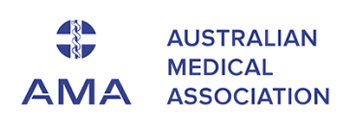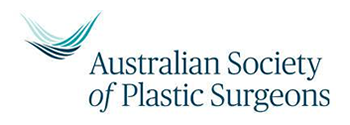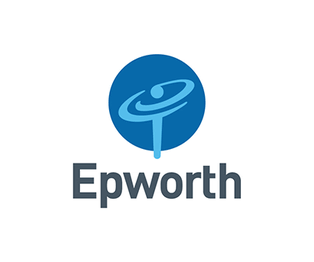Otoplasty (Ear Pinning)
What is the problem?
Otoplasty is a surgical procedure designed to correct size, symmetry and/or protrusion of the ears. You may know it as "ear pinning" or "pinnaplasty".
What is the cause?
The most likely cause for prominent or protruding ears is an underdeveloped antihelical fold. The helix (outer rim of the ear) may stick out when the antihelical fold does not form correctly.
Why it can be a problem for you
Our patients who choose to undergo otoplasty typically fit into one of these two categories:
- Parents who seek treatment for their child
- You may prefer to seek advice from Dr Fairbank before the age that their child begins to become aware of body image and their appearance.
- Adults who have concerns about the appearance of their ears and wish to explore ways to improve the shape.
What we can do about it
If you have concerns about the appearance of your ears, or those of your child, Dr Sian Fairbank is a leading specialist in ear aesthetic and reconstructive surgery. She has travelled to Japan, Taiwan and France to learn from world renowned ear specialists and has experience with many types of ear differences through her work at Monash Health and the Royal Childrens Hospital in Melbourne.
Otoplasty, or ear reconstruction, has advanced significantly in recent years and Dr Fairbank’s knowledge and experience in the latest techniques can provide subtle or significant improvements. Otoplasty surgery is a relatively simple surgery that seems to can have a profound transformative effect on both physical and psychological health. The procedure takes around 2 hours and patients typically go home on the same day.
How do I decide whether surgery is best for my situation?
Deciding to have otoplasty surgery should be done after careful consideration. You should ensure that you know the answers to all of your questions, and that you feel satisfied with the information provided to you by Dr Fairbank.
Before procedures such as otoplasty, we recommend you attend for an initial consultation followed by a pre-operative appointment a few weeks prior to the arranged surgery date. We understand that you may need more time, and you may choose to have more consultations to ensure that you are well informed before proceeding to surgery.
Informed consent and risks of otoplasty
Regardless of maintaining the highest surgical practice, complications can occur. Dr Fairbank will educate you regarding the general risks of surgery including:
- Infection
- Haematoma or seroma (blood or fluid collection under the skin) may require surgical drainage.
- General anaesthesia can cause a chest infection
- Hypertrophic (raised and thickened) scarring is usually influenced by hereditary factors. Most scars heal and flatten without complication, however, some may become keloids. This can be treated with injection treatments, scar therapy, or additional surgery.
Specific otoplasty risks:
- Exact symmetry is impossible to achieve, and also appears unnatural. Any abnormalities effecting symmetry can be surgically addressed if necessary.
- Rarely, re-protrusion may occur and requires surgery.
- You might experience numbness in the skin around the surgical site and this usually returns gradually.
If you choose to proceed with otoplasty surgery, Dr Fairbank will ask you to sign a written consent form. She will ask you to read through and ask any questions before signing.
Your recovery is very important to Dr Sian Fairbank and her team. You will be given her mobile number following surgery so that any of your concerns can be answered.
About my procedure and my recovery
Otoplasty surgery involves making an elliptical incision on the backside of the ear near the fold where the ear meets the head. The way in which Dr Fairbank manipulates the cartilage is dependent on your anatomy, and she will explain the technique required at your consultation. In most otoplasty cases, dissolvable stitches will be used and these will dissolve in the weeks following surgery.
Otoplasty is typically a day surgery, however, you or your child may be required to stay longer at the hospital if it is deemed medically appropriate. You will be sent home wearing a bulky head bandage so that the ears are covered and protected. This bandage must stay intact until the post-operative appointment approximately 7 days after surgery. Pain and discomfort are expected in the first few days, and Panadol is usually sufficient for pain relief.
When the bandages have been removed, there will likely be bruising, swelling and tenderness. Swelling can precipitate asymmetry in the first few days, and it can be weeks before the final contour can be seen.
Adults
Most occupations won't prevent you from returning to normal duties after your bandages are removed. If your employment involves any physical aspects or requires you to wear head protection, you may need further time off. Dr Fairbank will provide you with a medical certificate for this time.
Children
Your child can return to school after 7 days, however, they must be careful in the playground. Swimming and most sports must be avoided, but you will be given a recommendation based on the contact nature of the activity.
Patient recovery is very important to Dr Sian Fairbank and her team. You will be given her mobile number following surgery so that any of your concerns can be answered.
Memberships




Accreditations



